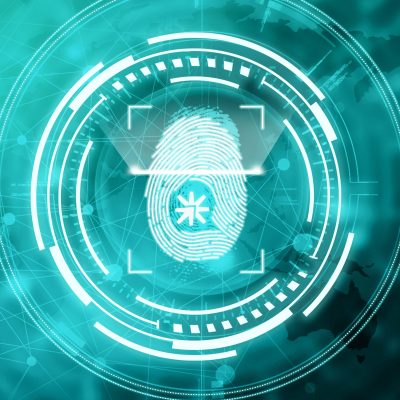Low-power, wide-area network feasible in offshore environment, reducing the cost of communication
Project Summary
This project, supporting Cults Telecom Services Limited, was established to demonstrate the capability of a low-power, wide-area network (LoRaWAN) to provide connectivity, test information and a hands-on demonstration that an Internet of Things (IoT) – transferring data over a network without requiring human-to-human or human-to-computer interaction – is feasible in offshore environments.
IoT encompasses any device or sensor, connected to the internet, capable of capturing data. This can apply to measure pressure, temperature, vibration, CCTV, air quality and noise levels. How devices connect with the internet varies, examples include wired LAN, Wi-Fi and mobile phone networks. Wireless connections must obey the laws of physics and radio, balancing the bandwidth, power draw and distance covered. Long range radio (LoRa) sits at the very narrow bandwidth end of this radio communications spectrum, meaning that it only sends small packets of information at a time, insufficient for voice communications or video.
LoRa technology has been used to develop LoRaWAN secure IoT networking. The “secure” element is a vital part of the equation as the ease of use and connectivity is also a vulnerability. These characteristics, matched to the huge growth in the availability of low costs sensors and radio chips means that there has been an explosion in free standing battery-powered “things”, generating small data packets and using LoRa as a means to connect to the internet. Most media headlines around IoT will be dealing with these consumer deployable devices and some form of LoRa communications technology often referring to Smart Cities or Smart Homes. However, if you dig a bit deeper there are industrial applications, which are having huge impacts on existing industries and generating new opportunities.
In particular, the project set to demonstrate whether LoRa (long-range radio) technology has viability in an industrial offshore setting (on the drill rig) by performing a site survey for signal coverage above deck.
Industry value:
LoRa potentially replaces other more expensive communications technologies at a lower cost. Alternatively, it can be retrofit to enhance existing systems. This is an enabling technology that could reduce the cost of communication, as well as introducing competition to the market.
Key results:
The LoRa base station was installed in a number of locations, with all the above deck locations proven suitable to support LoRa radio. Below deck, locations were adequate to support marginal LoRa radio, however there was notable interference to signal levels from the operating equipment.
The results from the survey concluded that LoRa should not be considered for any oil and gas offshore critical monitoring or control function but could be very valuable for non-critical functions. All normal offshore radio engineering practices would need to be applied.
Lessons learned:
Industry 4.0 is utilising novel sensors and LoRaWAN to gather data in increasingly innovative ways to improve efficiency and effectiveness in all aspects of operations.
Let's work together
"Required" indicates required fields
